Military dictatorship
A military dictatorship is a dictatorship in which the military exerts complete or substantial control over political authority, and the dictator is often a high-ranked military officer.
| Part of the Politics series | ||||||||
| Basic forms of government | ||||||||
|---|---|---|---|---|---|---|---|---|
| Power structure | ||||||||
|
||||||||
| Power source | ||||||||
|
||||||||
| Power ideology | ||||||||
|
||||||||
| Politics portal | ||||||||
The reverse situation is to have civilian control of the military.
Occasionally, military dictatorship is called khakistocracy.[1][2][3] The term is a portmanteau word combining kakistocracy with khaki, the tan-green camouflage colour used in most modern army uniforms.
Creation and evolution
Most military dictatorships are formed after a coup d'état has overthrown the previous government. There have been cases, however, where the civilian government has been formally maintained but the military exercises de facto control—the civilian government is either bypassed or forced to comply with the military's wishes. For example, from 1916 until the end of World War I, the German Empire was governed as an effective military dictatorship, because its leading generals had gained such a level of control over Kaiser Wilhelm II that the Chancellor and other civilian ministers effectively served at their pleasure. Alternatively, the Empire of Japan after 1931 never in any formal way drastically altered the constitutional structure of its government, but from that point, it is typically seen as a military dictatorship, since the Army and Navy had the effective legal right to veto the formation of undesirable governments (and also to compel the resignation of an existing government that had lost their favor), and since key cabinet posts traditionally held by civilians (especially the Premiership) were instead filled by active flag officers.
Military dictatorships may gradually restore significant components of civilian government while the senior military commander still maintains executive political power. In Pakistan, ruling Generals Muhammad Zia-ul-Haq (1977–1988) and Pervez Musharraf (1999–2008) have held referendums to elect themselves President of Pakistan for additional terms forbidden by the constitution.
Justification
In the past, military juntas have justified their rule as a way of bringing political stability for the nation or rescuing it from the threat of "dangerous ideologies". For example, the threat of communism, socialism, and Islamism was often used. Military regimes tend to portray themselves as non-partisan, as a "neutral" party that can provide interim leadership in times of turmoil, and also tend to portray civilian politicians as corrupt and ineffective. One of the almost universal characteristics of a military government is the institution of martial law or a permanent state of emergency.
Comparison with other forms of authoritarianism
Military dictatorships are not the only form of authoritarianism or even, especially in the twenty-first century, the most common one.
Comparison with monarchies
A military dictatorship is distinct from an absolute monarchy, although there are some similarities, especially concerning how the two are (or historically have been) established. Virtually all absolute monarchs (and even most constitutional monarchs) are commanders-in-chief of their nations' militaries, wear military uniforms at least on a ceremonial basis and hold military ranks and/or titles. Also, senior members of royal families, especially if they are male and/or heirs apparent or presumptive, are expected to perform military service prior to ascending the throne. Moreover, almost all monarchies (both current and defunct) established themselves over the past centuries and millennia by force of arms. A key difference between a monarchy and a military dictatorship is that once they are established and recognized by their subjects (a process that has often taken many generations) a monarchy typically establishes some form of hereditary succession to legitimately transfer power from generation to generation, and while there historically have been many cases of disputed claims to a throne, attempting to seize power through sheer force of arms without some sort of credible hereditary claim is usually regarded as illegitimate and/or illegal by monarchists. In constitutional monarchies the monarch is usually the commander-in-chief and is often formally the highest-ranking military officer but in practice is expected to defer to the advice of civilian ministers, especially when appointing flag officers who will exercise actual operational command, thus maintaining civilian control of the military.
On the other hand, modern military dictatorships typically eschew hereditary succession with long-lasting juntas often emphasizing the traditional methods of promotion within the officer ranks as the eventual path to civil power. Military dictatorships which have attempted to establish themselves as monarchies or otherwise implement hereditary succession, whether or not by attempting to establish themselves as monarchies, have often collapsed very quickly. In one example, Oliver Cromwell after deposing and executing King Charles I of England refused all offers to take the English Crown, but nevertheless attempted to have power transferred after his death to his son Richard Cromwell; however, the younger Cromwell lacked the respect or support of the English military establishment, and was thus quickly forced to relinquish power. In another, a few years after staging a coup and establishing himself as the French First Republic's dictator, Napoleon Bonaparte crowned himself French Emperor. Although he subsequently married a Habsburg princess and sired an heir to his newly-established throne, Napoleon's claim to power was never fully accepted by French royalists who supported the deposed House of Bourbon, nor by other European monarchies. Eventually, Napoleon's armies were defeated and he was forced to abdicate and go into exile. Although Napoleon's nephew eventually re-established the Bonapartist monarchy for a time, his seizure of power might be better described in the context of a civilian dictatorship as described in the next section.
Comparison with civilian dictatorship
A military dictatorship is also different from civilian dictatorship for a number of reasons: their motivations for seizing power, the institutions through which they organize their rule and the ways in which they leave power. Often viewing itself as saving the nation from the corrupt or myopic civilian politicians, a military dictatorship justifies its position as "neutral" arbiters on the basis of their membership within the armed forces, which in many countries are nominally expected to be apolitical institutions. For example, many juntas adopt titles along the lines of "Committee of National Restoration", or "National Liberation Committee". Military leaders often rule as a junta, selecting one of themselves as a head.[4]
Current cases
| Country | Past government | Date adopted | Event |
|---|---|---|---|
| Federal dominant-party presidential republic | April 11, 2019 | 2019 Sudanese coup d'état |
Former cases
Africa
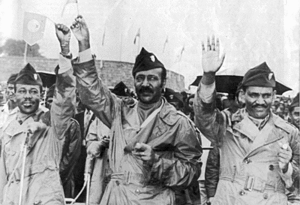

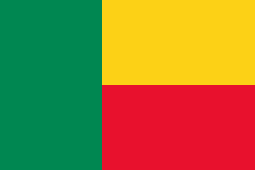


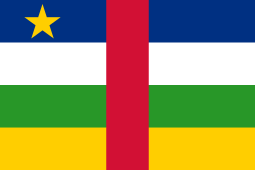
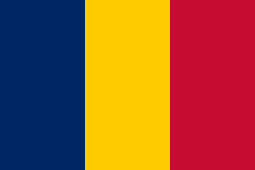

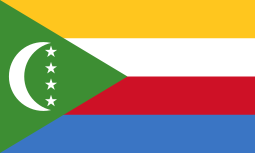
.svg.png)
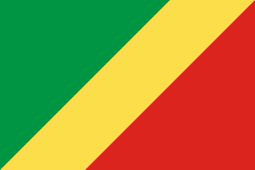
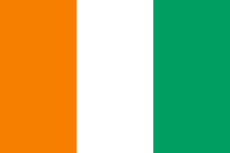


.svg.png)
%2C_Prins_Bernhard_reikt_Presiden%2C_Bestanddeelnr_926-6031.jpg) Zairean President Mobutu Sese Seko
Zairean President Mobutu Sese Seko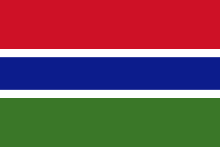


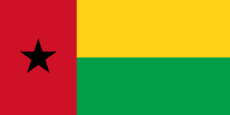
.svg.png)
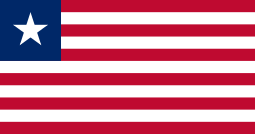
.svg.png)
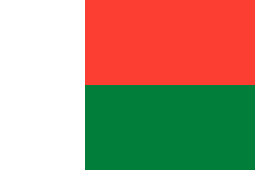

.svg.png)
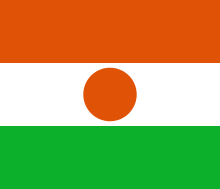
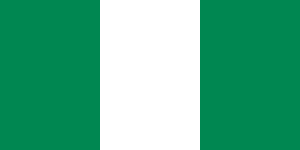
.svg.png)


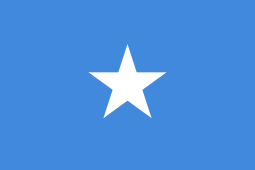





.svg.png)
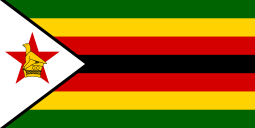
Americas
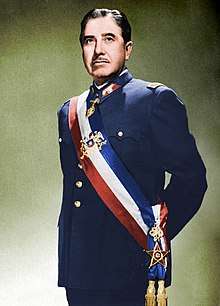


.svg.png)


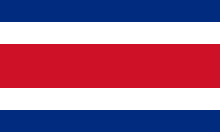


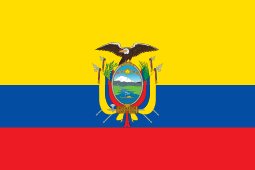
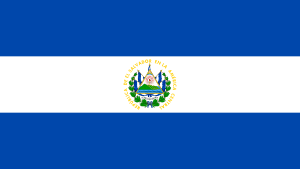
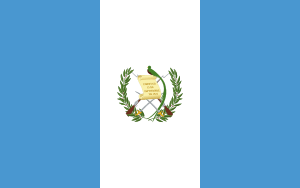
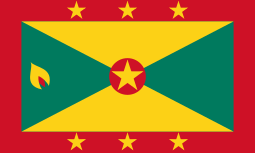
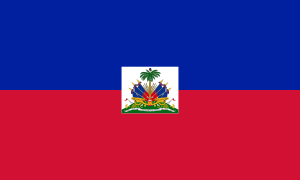
.svg.png)
.svg.png)
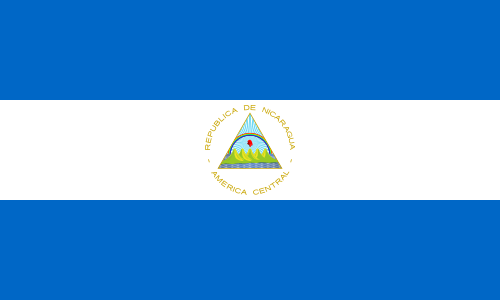
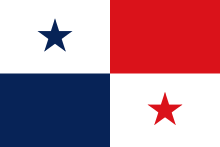
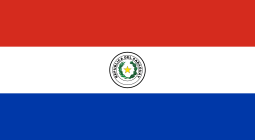

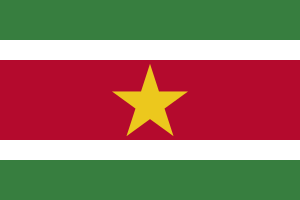

.svg.png)
Asia
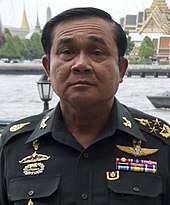
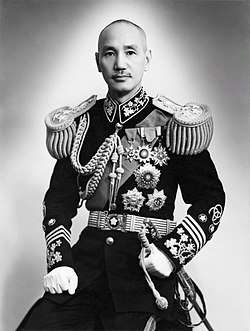
.svg.png)

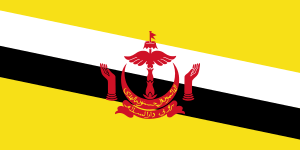
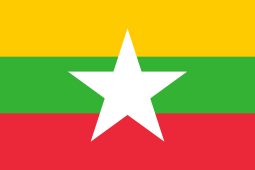
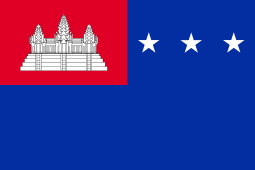


.svg.png)
.svg.png)
.svg.png)
.svg.png)
.svg.png)
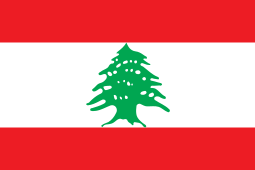
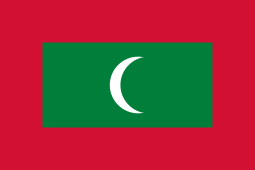
.svg.png)

.svg.png)
%3B_Flag_of_Syria_(1963%E2%80%931972).svg.png)

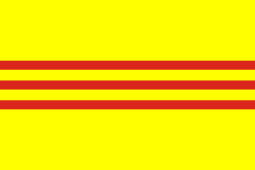
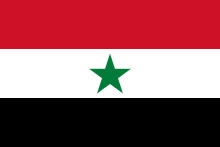
Europe
.jpg)

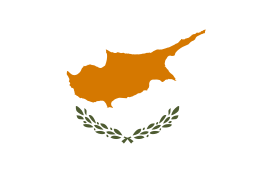


.svg.png)
.svg.png)
.svg.png)




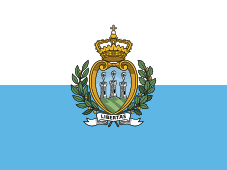
.svg.png)


See also
References
- Dave Gilson (2003-02-02). "Freed from a prison of thought in Nigeria". SFGate. Retrieved 2007-12-15.
- Ikhenemho Okomilo (2005-06-10). "Another October, More Khakistocracy". Nigerians in America. Retrieved 2007-12-15.
- temporal (2007-08-07). "Khakistocracy: Military-Industrial-Feudal Complex in Pakistan". Desicritics. Archived from the original on 2010-11-21. Retrieved 2007-12-15.
- Cheibub, José Antonio; Jennifer Gandhi; James Raymond Vreeland (April 1, 2010). "Democracy and dictatorship revisited". Public Choice. 143 (1–2): 67–101. doi:10.1007/s11127-009-9491-2. ISSN 0048-5829.
- "Shogunate". britannica.com. Encyclopædia Britannica, Inc. Retrieved June 13, 2020.
The shogunate was the hereditary military dictatorship of Japan (1192–1867).